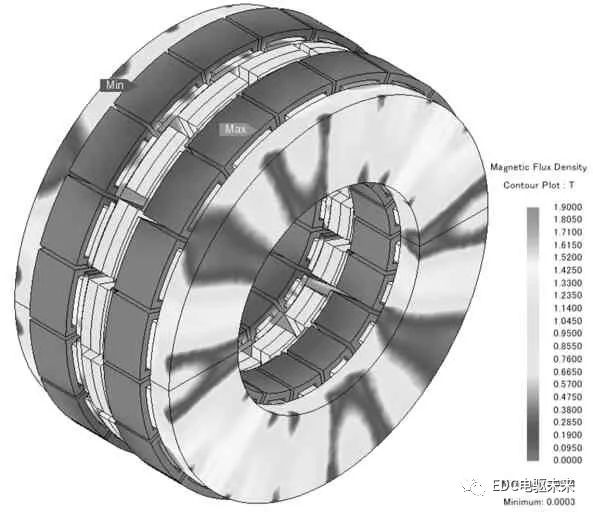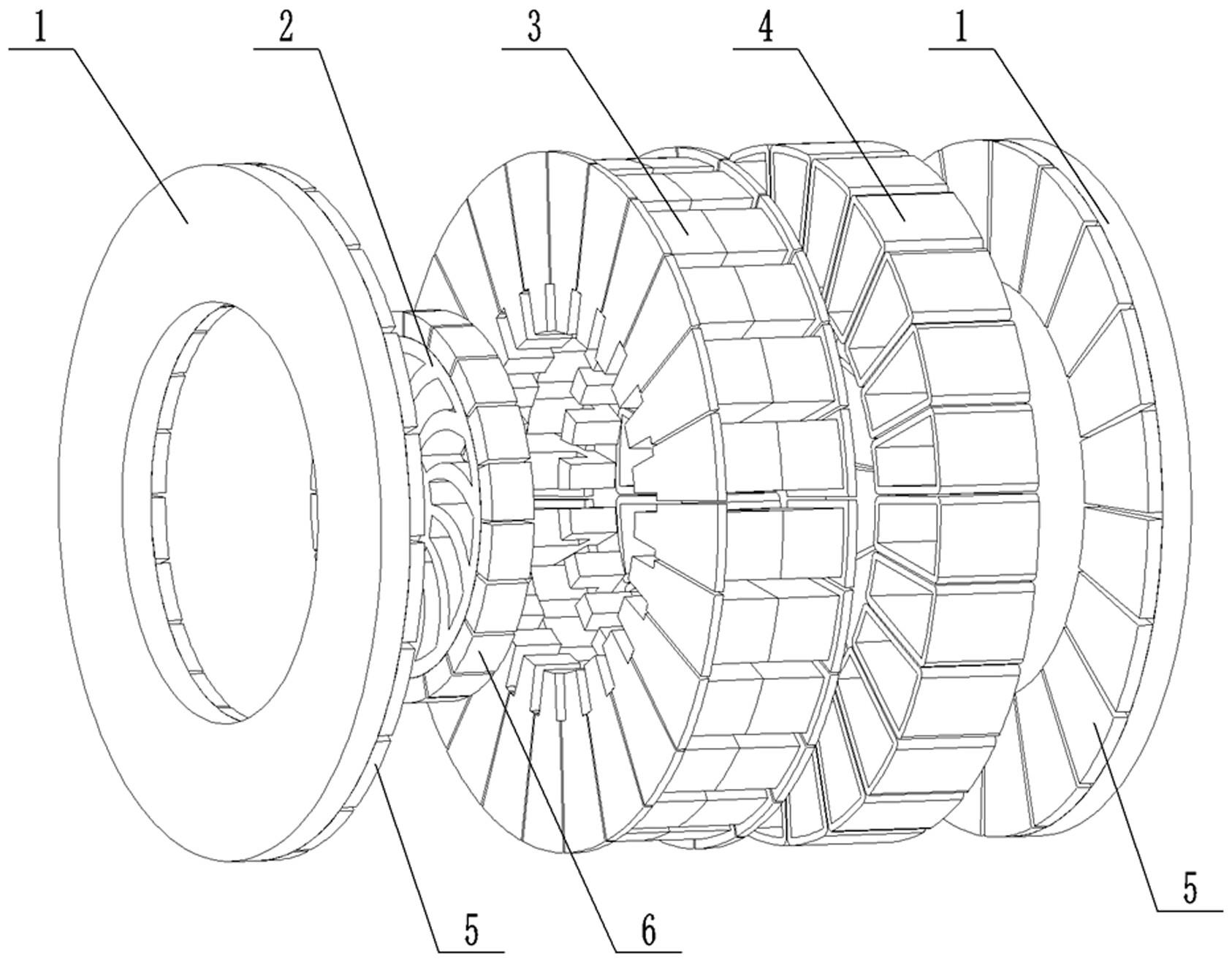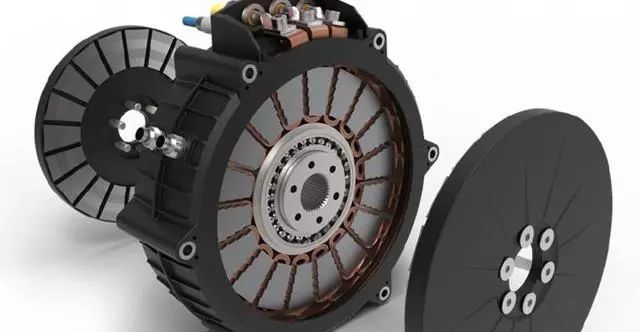As robotics technology advances towards lighter, faster, and more intelligent designs, the demand for high-performance motors is higher than ever. Axial flux motors are emerging as a game-changer, offering unmatched power density, efficiency, and precision. In this blog, we explore why these motors are becoming the preferred choice for modern robotic applications.

Axial flux motors feature a flat, compact design that makes them ideal for space-constrained robotic joints. Their unique structure delivers high torque output within a small footprint, making them perfect for heavy-load applications such as industrial robotic arms and humanoid robots.
The axial magnetic flux path significantly shortens the magnetic circuit, reducing energy losses. Additionally, the flat structure provides excellent heat dissipation, ensuring stable performance even during extended operations. This translates to higher overall efficiency and lower power consumption.
With a lightweight rotor and low rotational inertia, axial flux motors respond rapidly to commands. Their millisecond-level switching capability makes them ideal for high-speed applications like collaborative robot (cobot) wrists, ensuring precise movements and minimizing errors.
By reducing material usage and overall motor weight, axial flux motors are particularly beneficial for mobile robots and cobots that require frequent repositioning. A lighter motor enhances battery life and operational agility, improving overall performance.
Axial flux motors support flexible size and shape adjustments to meet specific joint requirements. Their modular design allows for easy integration with gear reducers, encoders, and other components, simplifying system architecture and accelerating development cycles.
Optimized magnetic flux paths and structural design minimize vibrations and noise, making these motors ideal for applications requiring silent operation, such as medical and service robots.
A simplified mechanical structure reduces potential failure points, while low energy loss and efficient heat dissipation extend motor lifespan. This is crucial for industrial robots that require long-term, stable operation.

Axial flux motors have a disc-shaped structure, with rotors and stators arranged in parallel. The stator windings are embedded between single- or dual-sided rotors, making the overall thickness only one-third that of conventional radial motors.
Unlike traditional radial motors, the magnetic flux in axial motors flows along the motor shaft, shortening the magnetic circuit and improving efficiency while reducing heat generation.
Both the rotor’s permanent magnets and the stator windings are arranged in a ring, with a multi-pole configuration that enhances magnetic field utilization and boosts torque output.
In robotic joints, axial flux motors are often combined with reducers and sensors to create a compact, all-in-one drive module, simplifying installation and enhancing system reliability.

Space Efficiency: Axial flux motors are thinner and better suited for compact spaces, while radial motors require more room.
Efficiency: The shorter magnetic path in axial motors results in lower energy consumption compared to radial motors.
Application: Axial flux motors excel in high-torque, lightweight applications, whereas radial motors remain prevalent in standardized industrial settings.
As robotics technology evolves, axial flux motors are poised to revolutionize applications in flexible joints, exoskeletons, and precision surgical robots. Their adaptability and performance advantages will continue driving innovation in the robotics industry, making them a core component of next-generation intelligent systems.
From industrial robotic arms to humanoid robots, axial flux motors are redefining the possibilities of joint actuation. If you’re looking for an efficient, reliable, and lightweight motor solution, this cutting-edge technology might just be the key to unlocking new levels of robotic performance.
(Note: The technical specifications and application scenarios mentioned are for reference only. Specific designs should be validated through engineering analysis.)